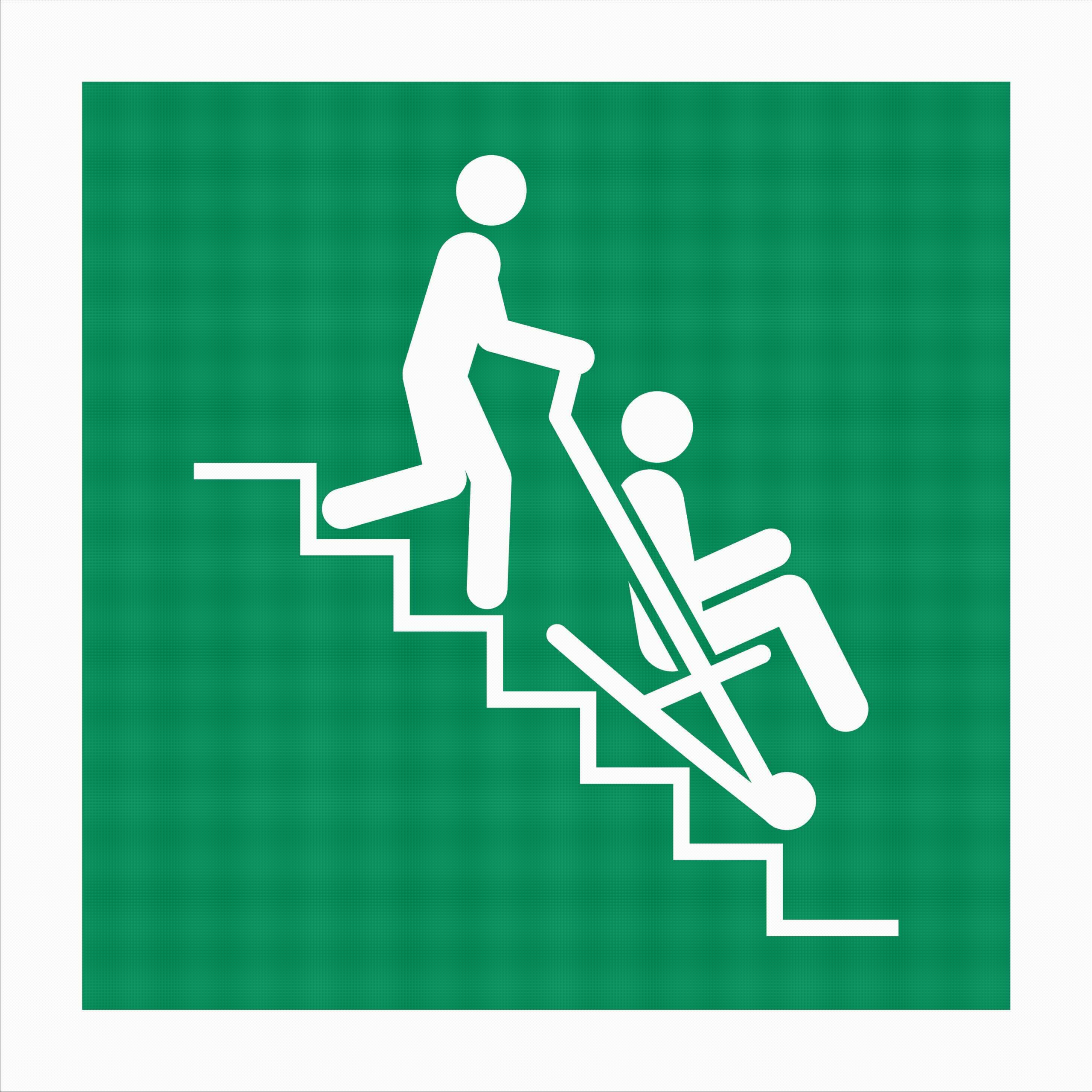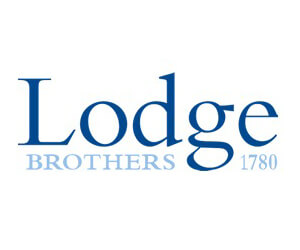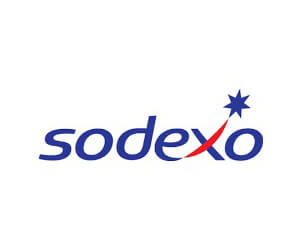
How to choose a manual handling train-the-trainer course
The train-the-trainer approach is often appealing for handling topics. It equips your staff with the skills, knowledge and material to conduct handler training. Consequently, this allows in-house sessions, tailored to your handling activities, which can be run at a convenient time. There are quite a few courses available, and not all are created equal. Therefore, we have highlighted some considerations regarding choosing a manual handling train-the-trainer course.
Trainer experience
There are plenty of companies offering training on a multitude of topics. This can result in a trainer with limited subject knowledge. A set of slides and paperwork has been given to them and they have been told to get on with it. Your unenthused trainer may well prefer other topics and will be unable to answer questions. They will fail to motivate your delegates or adapt the course to your needs.
At Alistair Bromhead Ltd, we concentrate on handling issues in various guises: manual handling (inanimate loads and objects), people handling and evacuation chair and mat use. We offer direct training of operators as well as train-the-trainer options. This means our trainers have an unparalleled level of knowledge as well as experience in handling within virtually all sectors.
Trainer skills and knowledge
A well-qualified and highly experienced trainer is essential. Health and safety knowledge is important. This will help to put the topic of manual handling into context. The training qualifications and experience of the trainer are vital; without them, there will be no engagement, and without engagement, there is no absorption or retention of vital information. The trainer also needs good knowledge of injuries and the anatomy of the spine to ensure delegates understand the logic of good technique.
At Alistair Bromhead Ltd, all of our trainers have more than 10 years’ experience. Alistair is a Chartered Member of IOSH, and the trainers include health and safety professionals, physiotherapists and an ergonomist.
Engaging Training
A course that involves sitting participants down in front of a video, showing them how to lift a box and then telling them they need to use better techniques is never going to have any positive effect. Trainers need a range of techniques to raise personal interest and give handlers an incentive to integrate sound handling principles into their daily lives. It is only through generating motivation and encouraging participation that a course can hope to achieve real, effective change.
Duration
Our inanimate load train-the-trainer courses are 2 days, with 4 days for the people handling train-the-trainer. It is a packed programme for both formats. We would suggest that courses of shorter duration involve significant compromises. For example, a limited depth of material and an absence of varied trainer techniques. In addition, many lack meaningful delegate evaluation. This is particularly important as, without it, you have a certificate of attendance rather than one of achievement, and you have no evidence of trainer competence.
In conclusion, we hope the above thoughts will help you to choose a manual handling train-the-trainer course which delivers results!































